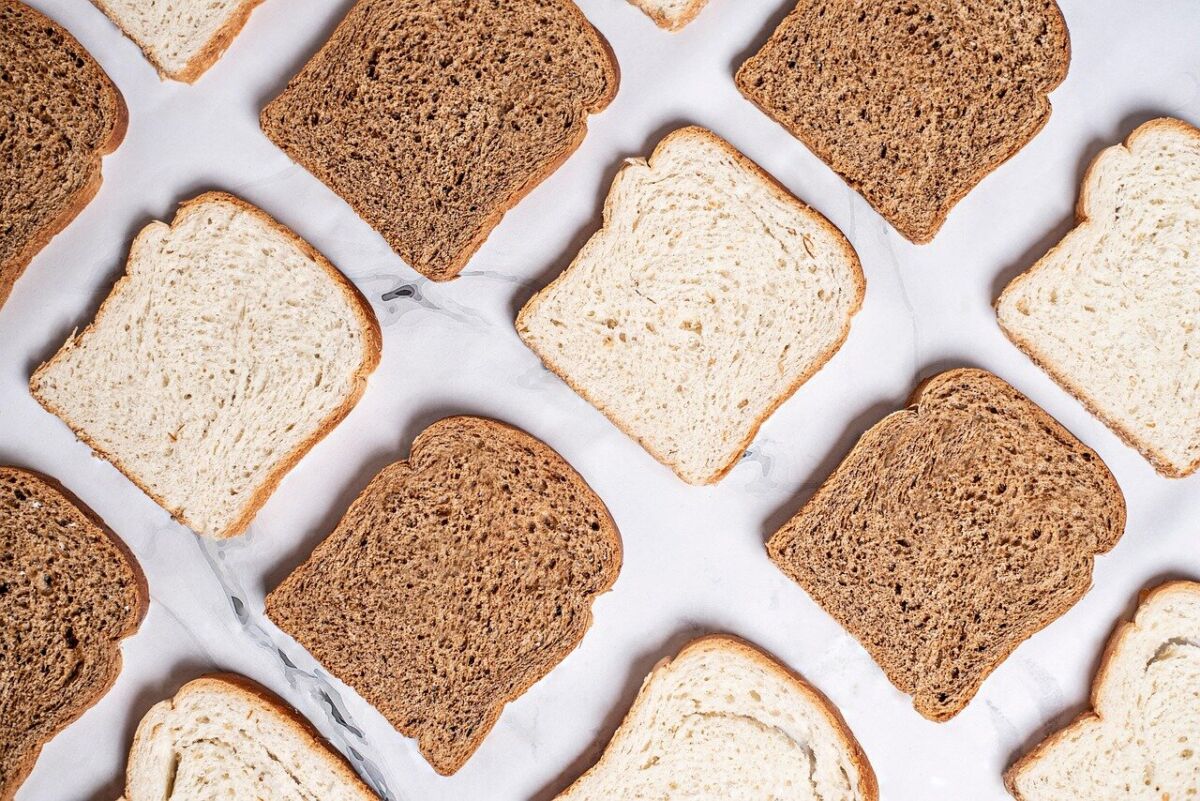Why North American Bread is Different
By Michelle Zeh
How often have you heard someone say they can eat bread while vacationing in Europe without digestive issues, but experience gas, bloating, intestinal discomfort, or even joint pain after eating bread in Canada? You may have experienced this yourself.
What’s in the Flour?
In the United States and Canada, most modern flour is refined, meaning the bran and germ (which contain vitamins, minerals, and fibre) are stripped out to make a shelf-stable product. The flour is then “enriched” with synthetic folic acid; however, many people struggle to metabolize it, which can contribute to fatigue, anxiety, inflammation, or hyperactivity.¹ While refined flour is the standard here, Europe tends to favour flours that retain more of their whole-grain nutrition.
To achieve the bright white colour (think Wonder), and to strengthen dough, North American flour is treated with bleaching and maturing agents—most commonly chlorine dioxide and benzoyl peroxide.² These chemicals whiten the flour and enhance gluten structure. In contrast, many countries, including the United Kingdom, prohibit chemical bleaching of flour.
Don’t lose touch with uncensored news! Join our mailing list today.
Since the 1940s, US bakeries have used potassium bromate, a strong flour maturing agent that makes dough rise higher and faster. The problem? It’s a suspected carcinogen, linked in rodent studies to kidney and thyroid tumours. Canada banned its use in 1994, but it remains common in the US.
The Glyphosate Factor
Farmers often spray wheat with glyphosate (e.g. RoundUp) before harvest to speed up drying. Residues can remain in the finished flour.
Studies show glyphosate:
- Disrupts gut bacteria, potentially worsening gluten digestion.³
- Acts as an endocrine disruptor and may harm DNA in cells, including fetal tissues.³
- Contributes to gut inflammation, irritable bowel syndrome (IBS), celiac disease, and autoimmune disorders.⁴ ⁵
It’s Not Just the Gluten
When breads that are bleached, bromated (in the US), synthetically fortified, and carrying herbicide residues trigger symptoms like bloating, fatigue, or brain fog, gluten often gets blamed. But it may be the chemicals and processing methods that are to blame. In contrast, traditional breads in countries like Italy, France, and Greece are typically made with simple, naturally milled flour and water—without additives or harsh processing.
Much of what we call bread in North America isn’t like the fresh baguette or chewy ciabatta found in Europe. It’s an ultra-processed wheat product—bleached, chemically aged, chemically harvested, and chemically enriched. Gluten may not be the sole issue; it’s the entire chemical package.
So, What Can You Do?
- Switch to European-style breads made with simple ingredients and no bleaches or bromates.
- Look for organic or regenerative wheat products, which are less likely to be sprayed with glyphosate before harvest.
- Read labels carefully. Choose flours marked “unbleached,” “whole-grain,” or “100% whole wheat,” and free of bromate.
By understanding what’s really in your bread, you may once again enjoy it—without the side effects.
- pubmed.ncbi.nlm.nih.gov/40219043
- link.springer.com/article/10.1007/s44403-025-00028-x
- usrtk.org/wp-content/uploads/2020/11/Glyphosate-and-the-key-characteristics-of-an-endocrine-disruptor-A-review.pdf
- pmc.ncbi.nlm.nih.gov/articles/PMC3945755
- pmc.ncbi.nlm.nih.gov/articles/PMC11092036













